The Rested Parent Times
Baby Sleep Advice's Blog
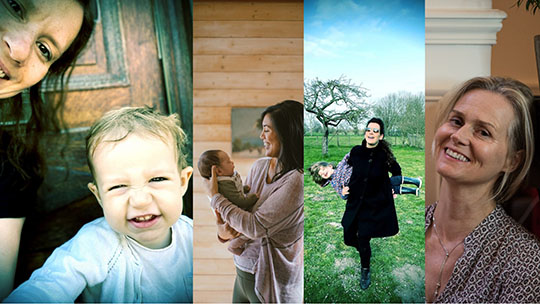
Hi! This is where we, your baby sleep consultants Heidi Holvoet, Tessa Marks, Steph Sanders and Inge Marks go 'alongside and beyond' the foundation articles on this website.
We share our personal experiences and reflections, as well as ideas and advice in specific situations.
We infuse every blog with a combination of our experience, knowledge, up to date scientific research, and our deep love and connection for helping you and your little ones sleep more and better.
With love 💛 Heidi, Tessa, Steph, and Inge

Can Iron, Zinc, Magnesium, Vitamin D or Related Nutrient Deficiencies Affect My Baby's Sleep?
by Heidi Holvoet
Studies show some non-anecdotal evidence that certain deficiencies such as iron deficiency, anemia, vitamin D or zinc deficiency can affect sleep in babies and toddlers.
Specifically "shorter sleep duration and fragmented sleep" is reported.

How To Help Your Over-Active Baby Sleep Better
by Heidi Holvoet
Bouncy, always on, never sits still: good and fun qualities!
But when out of balance, this can lead to poor sleep so let's look at the proven strategies to help your over-active baby sleep a deep, restful and healthy sleep.
Settling down to a restful healthy sleep is difficult for a baby/toddler who's always 'on', always wants to explore, loves moving all the time and wants/needs to be active all the time.

How to resolve stuck sleep patterns
by Heidi Holvoet
We call "stuck sleep patterns" when a baby or toddler sleeps differently from what we expect, at night, and does so consistently for 3 weeks or longer.
Examples of stuck sleep patterns:
😴 Not settling for the night until late (9pm or later)
😴 Waking every..
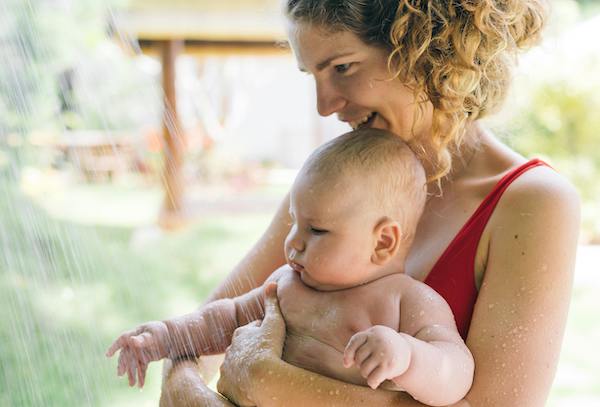
Beat The Heat: Sleep, Health and Safety in Hot Weather and Heatwaves
by Heidi Holvoet and Eline Holvoet, MD
Let's have a look at how to get the best sleep even in hot weather, and how to protect your baby from heat stroke and other hot-weather health impact.
In hot weather, sleeping well

Baby Boundaries for Better Sleep (and a happier baby)
by Heidi Holvoet
Let's talk boundaries today.
It might feel like a surprising topic in a baby-centered, and in particular the heartfelt and kind, truly-no-tears sleep parenting we're about here.
And yet I see evidence, every day and time and time again, of how important boundaries are. Used with heart, and cleverly, at any age, they're the kindest thing you can do for your child.
Boundaries are often the key thing that helps turn sleep around for the better.
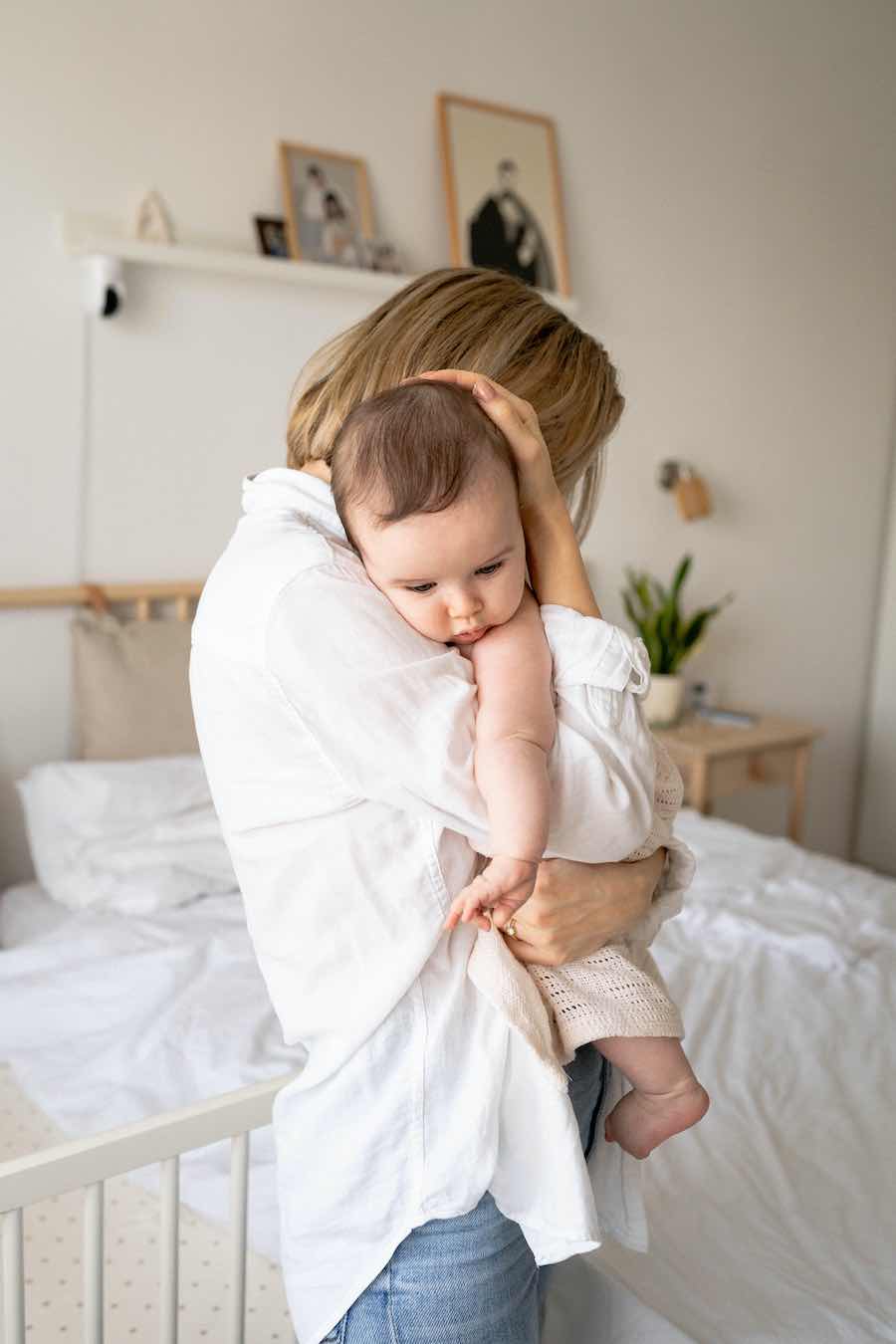
From Being Soothed To Self-Soothing To Sleep
by Heidi Holvoet
You know how the fastest way to reassure your baby when there's a crazy loud BANG 💥 outside, is to show you heard, and then giggle, laugh it away? Maybe wave your hand and a silly eye roll? 🤭🙄
That's a beautiful example of you and your baby co-regulating.
And it's one of the most important things you do for your baby, every day.

"It's almost magical" Help Your Baby Sleep With Casual Practice
by Heidi Holvoet
One of the sentences I say often in 1:1 consult calls is "see if you can practice this casually".
And I want to share it with you here because practicing casually is one of the most powerful ways to make fast and lasting progress with your baby's sleep.
Here's what I mean:
Foods that can trouble your baby's sleep
by Heidi Holvoet

Some foods can contribute to your baby's sleep struggles. Usually they cause enough discomfort to make (re-)settling difficult and/or wake up your baby or toddler more often than necessary.
These 3 food groups most affect sleep: (For each food group this also includes what you eat if you're breastfeeding, and the formula or solids your baby eats.)
10 things you need to know about baby carrying
by Inge Marks
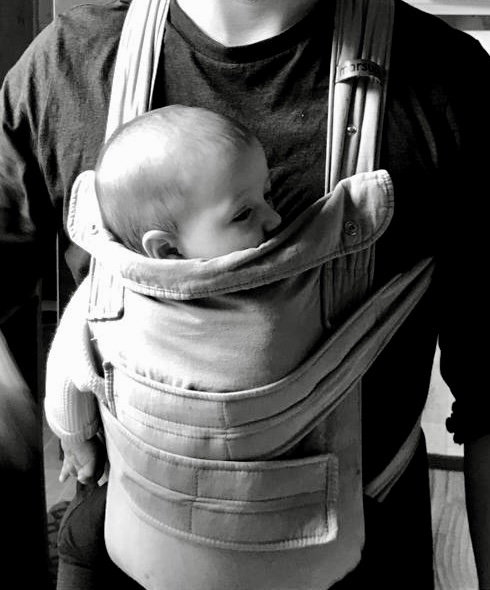
After many years of stroller monopoly, baby carrying is making a slow but steady comeback. Many people choose a sling or another carrier because it is more convenient.
Anybody who has tried maneuvering a stroller through a door, on the bus, or in a car, knows what I am talking about! Lots of us however, do not know how good it is for our baby's well-being. Baby carrying or baby wearing actually has lots of advantages!
3 Easy-and-Effective Tweaks To Help Your Baby Sleep When The Clocks Change (DST)
by Heidi Holvoet
To help your baby sleep when the clocks change, the classic advice is to move up your baby’s bedtime with 10 or 15-minute increments a few days before Daylight Saving Time. It can work for some, but it doesn’t work well for all babies.
Here at Baby Sleep Advice.com we have a more relaxed, and also more effective take on avoiding a sleep regression due to Daylight Saving Time.
Toddler Bedtime Routine: Do’s and Don’ts
by Steph Sanders
Did you know that research1 has shown that a consistent toddler bedtime routine not only helps kiddos fall asleep quicker, sleep longer and wake up less during the night but helps decrease daytime behavior struggles2?
A nighttime routine with your baby or toddler can consist of anything that works for them and your family. Get creative and focus on connecting with your little one!
Baby sleep expectations: How realistic are they?
by Tessa Marks
When we’re expecting, many of us have ideas, fantasies, and baby sleep expectations with long peaceful nights for our little one in their beautifully prepared crib as the top one.

These fantasies rarely become a reality. Babies wake up many times and, depending on the baby, they can keep doing this for a long time.
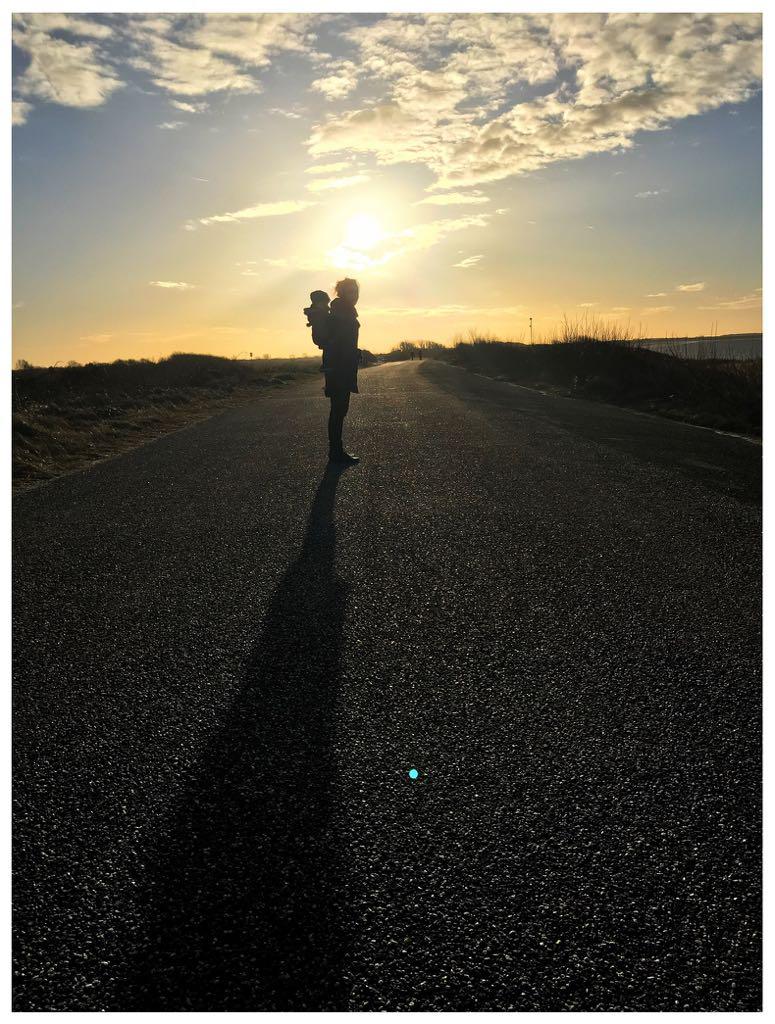
Tips for an easier life with a difficult baby
by Inge Marks
What can we actually do to help a 'difficult', hypersensitive feel calm?
How do we make them feel as safe as possible and not succumb to exhaustion whilst doing that?
Difficult baby? Or is s(he) just a brave survivor!
by Inge Marks

My son was not an easy baby. I could never put him down for more than a couple of minutes. He was very fussy, hypersensitive, and quickly displeased. This is our story.
How to gently stop cosleeping
by Steph Sanders

Transitioning from co-sleeping, and moving back into bed with my husband, was a harder change than ending our breastfeeding journey. Truthfully if it wasn't for expecting our second child in four months, I probably wouldn't have made the shift at this time.
Below is my story of gently transitioning away from co-sleeping. I share tips on what worked for us, with the help of Baby Sleep Advice's guiding principles.
Tricking with Kindness: How to use reverse psychology with your baby or toddler without doing any harm
by Heidi Holvoet

Reverse psychology – used with complete compassion and kindness – can be one of the most powerful and kind tools to help babies and toddlers thrive. I use it a lot and with great success to help solve baby sleep problems but you can use it for good in other areas too.
But sadly, when mis-used, reverse psychology can also become ugly, manipulative and utterly unfair. Because simply put, classic reverse psychology in childcare is about tricking a helpless child. And there’s nothing that breaks my heart more.
